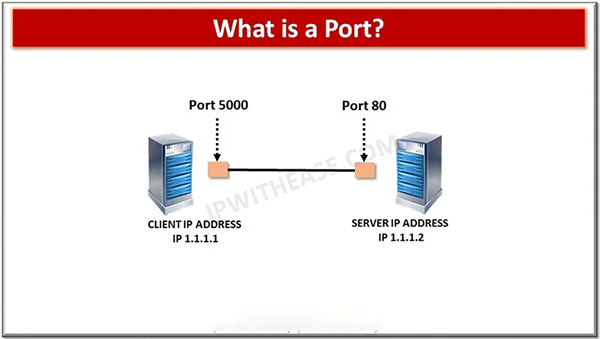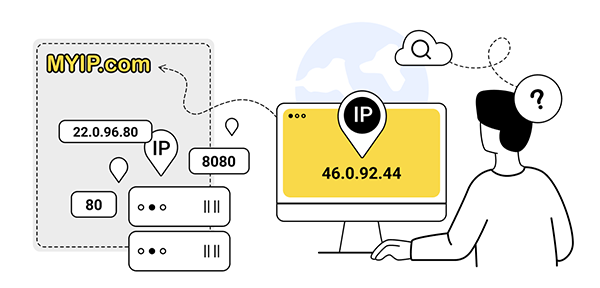The Internet is like a huge crowded space, where countless devices and networks are constantly moving about interacting, and exchanging information. To navigate this crowded space, we often have to rely on some crucial components that ensure smooth communication and protect online privacy.
And, this is right where a smart proxy server comes into play as an intermediary between your device and the internet that only routes your request but also filters out the responses.
In fact, it is so widespread that only in the first quarter of 2018, about 26% of the global online users utilized proxy servers to access the internet. (Source: Statista)
So, in this read, I will provide a solid understanding of the proxy servers along with how ports can be utilized for optimal internet usage. Also, learn about Rotating vs. Static Proxies by reading this article.
Let’s start!

Have you ever wondered how with just one single IP address your computer can run several programs at once to participate on the web? For instance, you can check your Email messages while surfing the web simultaneously. So, how does this work?
Well, that’s where ports come in handy as a virtual gateway within a network that allows different applications and services to communicate with each other. So, the most common ones are port 80 for regular web pages, 25 for sending emails, and 443 for securing HTTPS connections.
So, having some distinct port number enables an IP address to run multiple services simultaneously. And, this is where when a request comes in, the port number locates it to its right destination.

As you may know, proxy servers act as a middleman between your device and the internet. So how does it do it? Well, they usually accomplish it by using ports to establish connections and manage traffic.
So, basically, when a user initiates a connection to a remote server like loading a webpage, your proxy server establishes a connection to the server on behalf of your device. It does it by using a port number for the connection and sending the request.
This is why, by having a thorough understanding of the proxy servers and ports, you can gain a better appreciation of their role in network communication and security.
This is probably the main function of the proxy server, to make sure that the traffic is routed to the right destination server. The process involves identifying the right port number based on the service or application being requested.
For example, A web request will typically be routed to port 80, while on the other hand, an email request will be routed to port 25.
Proxy servers can handle a multiple of traffic that may include HTTP, HTTPS, FTP, and many more. Moreover, they can also differentiate between different traffic based on its port number and the protocols used.
A proxy server can also be used to filter out some specific traffic. It does this by implementing a range of criteria such as IP address, port number, and content. This is particularly beneficial for blocking malicious traffic or even restricting access to certain websites.
Another striking feature of a proxy server is that it can be used for load balancing and traffic distribution. This involves distributing traffic across multiple servers to improve performance and reliability. This ensures that the resources are used efficiently.
Do You Know?
According to a recent market report, the global proxy market is expected to reach $10.6 billion by 2026 with an average CAGR of 7.03% between 2024-2031.
Configuring proxy ports involves specifying the port number that your device will be using to communicate with the server. So, most of the operating system allows you to configure the proxy setting directly. This usually involves,
Now that you have a clear understanding of the proxy port configuration, here take a look at some of the common configurations:

One of the best things about proxy ports is that they help maintain anonymity online. They usually do it by masking your IP address, making it difficult for others to track your online activity. This can come in handy while browsing a sensitive website or using some online service that demands your personal information.
In brief, a proxy server is a valuable tool that not only enhances internet privacy but also improves its overall performance. And, by understanding how the configuration of the proxy port works, users can significantly one up their online experience.
